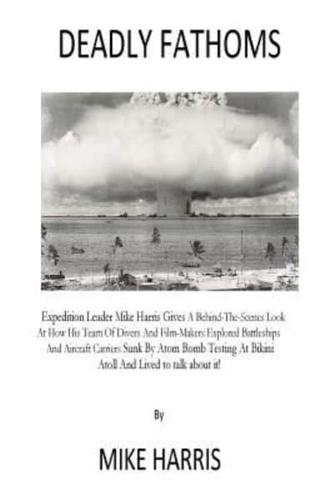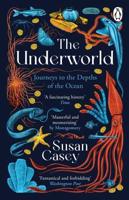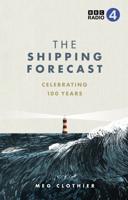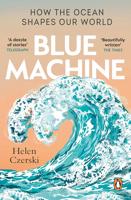Publisher's Synopsis
In 1946 the U.S. Navy conducted 'Operation Crossroads' at Bikini Lagoon in the Marshall Islands. They placed dozens of old American WWII ships, plus captured German and Japanese warships (battleships, aircraft carriers, submarines, freighters, troop carriers) in Bikini Lagoon and subjected them to two atom bomb tests. Prior to the tests they loaded each ship full of fuel and ammunition, trying to replicate wartime conditions, so they could see what would happen to the ships when they were hit by a nuclear explosion. The Navy didn't put any people on the ships, but they did place many live animals in crates on the ships, so they could see what would happen when they became contaminated by radiation poisoning from the atomic blasts. During the first test which they called 'Able', a B-29 dropped a bomb from a height of 500 feet over the target area. Surprisingly, not many ships were sunk during this first atomic blast. The Navy then conducted a second test two weeks later which they called 'Baker'. During this test they hung a bomb 50 feet under a small landing craft before detonating it. When the atomic device exploded it sent a huge column of water and island debris into the air, which did sink many of the huge ships in the lagoon. Because of strong and lingering radiation almost all of the ships had to be towed to a deep part of the Pacific Ocean and sunk. Also because of the radiation contamination, all the Bikini people who had to leave their atoll before the tests, were never able to return. When I tried to get government officials to give me permission to take a team of divers and film-makers to Bikini, so I could produce a film about diving on ships at Bikini sunk by atom bomb testing, the officials never actually gave me permission. Always believing the glass is half-full, I reasoned they might not have said "yes," but they also didn't say "no." So, I put together an expedition team and flew over to Majuro Atoll in the Marshall Islands. We rented an island freighter called the "Mieco Queen," then went on a wonderful dive trip to Wotje Atoll, Kwajalein Atoll and Bikini Atoll. At Wotje, we dove on a Japanese freighter that had never been dived upon before. I also dove on a Japanese Kawaneshi Flying Boat that was sunk 50-feet deep in Wotje Lagoon. At Kwajalein we dove on the German Heavy Cruiser Prinz Eugen, which was the sister ship of the German Battleship Bismarc. Then at Bikini we had to fight deadly radiation and sharks, but were able to dive on the U.S. Battleship Arkansas, the Japanese Battleship Nagato (which was Admiral Yamamoto's Flagship when he attacked Pearl Harbor) and we dove on the U.S. Aircraft Carrier Saratoga. She was sitting right-side-up on the bottom, so we could land our two wet-subs on her flight deck, just like Hellcats did during WWII. In Saratoga's hanger deck we were able to sit in several of the Hellcats that were still tied down in place even after being subjected to two atom bomb tests. I produced a film when I returned home called "Deadly Fathoms" which featured famed film and TV star Rod Serling and "Fathoms" won a Silver Medal at the Atlanta International Film Festival. I think you'll like to read about how we did survive the radiation, sharks and multiple deep dives into Bikini Lagoon...and lived to talk about it! Mike Harris Producer-Director Expedition Leader










